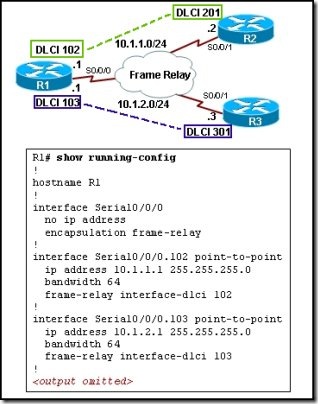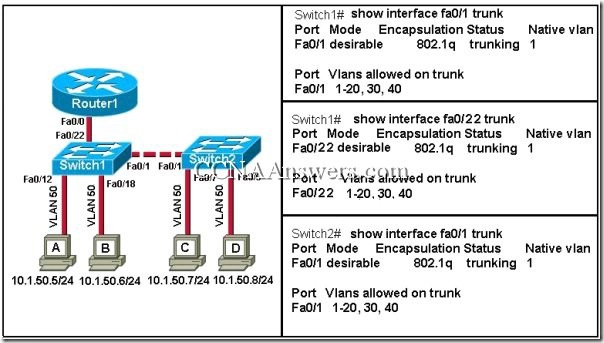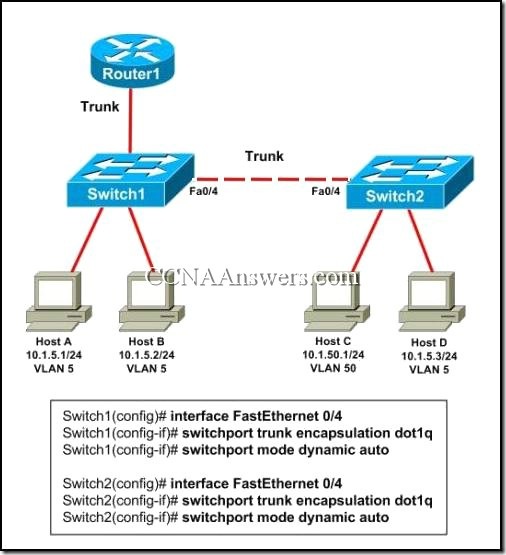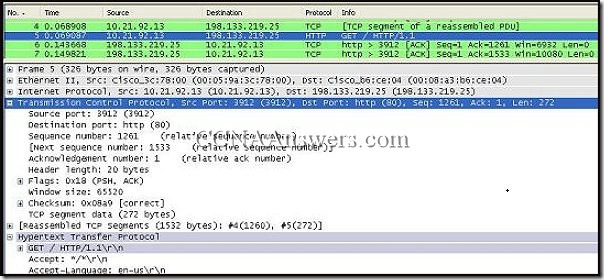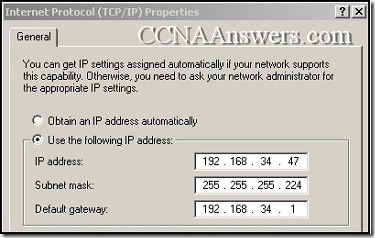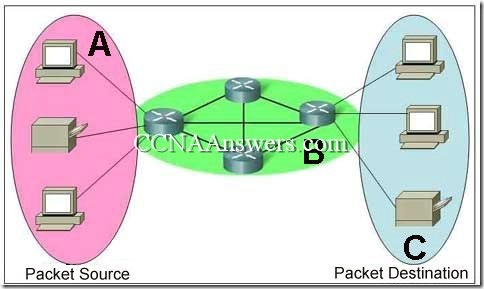CCNA 4 Chapter 3 V4.0 Answers
1. Which three actions might a Frame Relay switch perform when it detects an excessive build-up of frames in its queue? (Choose three.)
puts a hold on accepting frames in excess of the CIR
drops frames from the queue that have the DE bit set
reduces the number of frames it sends over the link
re-negotiates flow control with the connected device
sets the FECN bit on all frames it receives on the congested link
sets the BECN bit on all frames it places on the congested link
2. Which best describes the benefit of using Frame Relay as opposed to a leased line or ISDN service?
Customers can define their virtual circuit needs in far greater combinations, with increments as small as 64 kbps.
Customers pay for an end-to-end connection that includes the local loop and the network link.
Customers only pay for the local loop and the bandwidth they purchase from the network provider.
Connecting new sites requires new lower cost circuit installations when compared to ISDN dialup costs or adding additional hardware for leased service.

